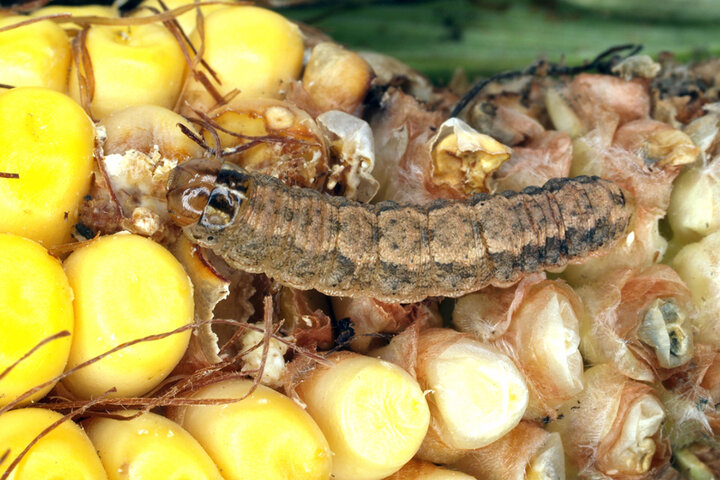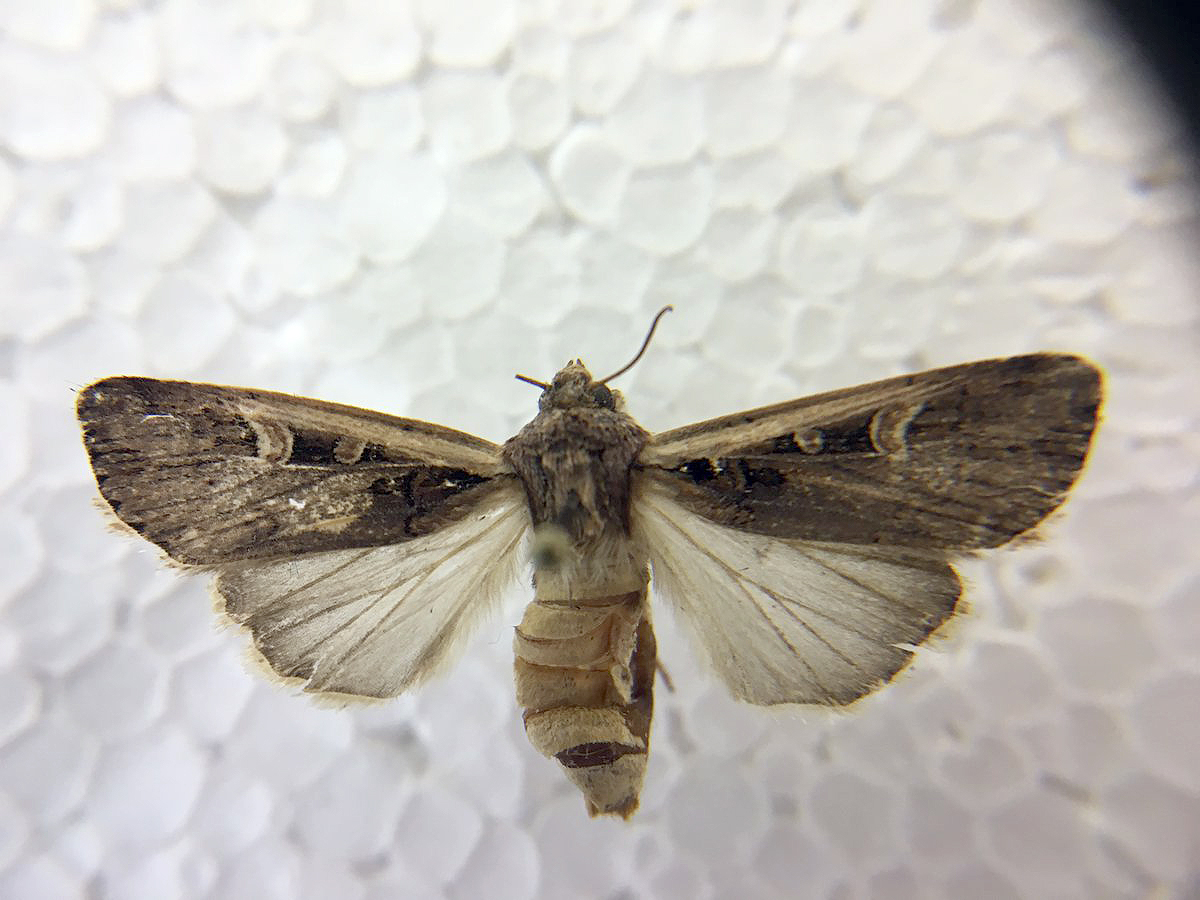
From Dry Bean Production and Pest Management, 2nd Edition, by Hary L. Hein and Frank B. Peairs
Many species of beneficial and damaging insects can be found in dry bean fields in the Central High Plains. Recognition of the harmful pests, awareness of threshold numbers required before economic damage occurs, and the proper selection and timing of insecticides are necessary to produce a healthy crop, insure survival of beneficial insects and minimize environmental impacts of the insecticides.
Numerous species of insects feed on bean in the Central High Plains, but only a few species consistently cause serious damage. The major pest species are the western bean cutworm and the Mexican bean beetle. Thrips, seedcorn maggot and grasshoppers can occasionally cause signficant damage to dry beans. Several other pests also occur sporadically.
Additional Resources
To learn more about each of these pests, including identification and life cycle, plant response and damage, and management approaches, an excellent online resource is the High Plains IPM Guide, a joint project of UNL, Colorado State University, University of Wyoming, North Dakota State University, South Dakota State University, and Montana State University.
Western Bean Cutworm in Corn and Dry Beans, G2013 — The life history, scouting, and treatment of the western bean cutworm in corn and dry beans.
Insect Management Information from UNL Extension — Management practices, biology and identification, insecticide recommendations, news.
